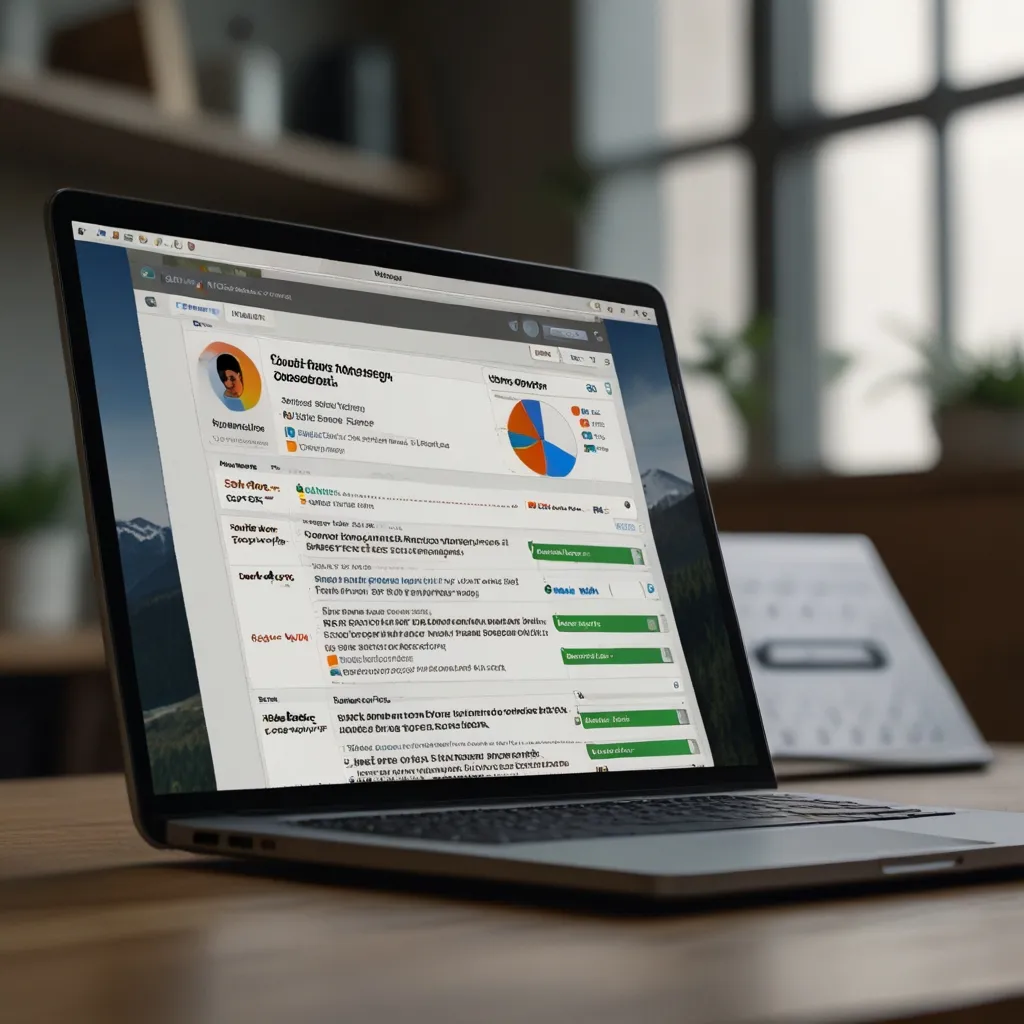Docker is like magic for developers. It’s this awesome tool that’s totally changed how we build, ship, and run our apps. At its heart, Docker uses containers, which are way more efficient than traditional virtual machines. Let’s break down why Docker is so cool and how it works.
So, what are containers anyway? Think of them as lightweight packages that have everything an app needs to run: the code, system libraries, and external packages. Imagine you’re a developer working on a web app. Instead of worrying about having the right versions of libraries and frameworks installed on every machine, you can just bundle everything into a Docker container. This container can run anywhere Docker is installed, no compatibility issues to worry about.
Docker containers are super fast and lightweight because they run directly on the host machine’s kernel. Unlike virtual machines that need a hypervisor to mimic hardware for a guest OS, Docker containers use the host’s OS directly. This means you get the isolation benefits of virtual machines but without the heavy overhead. You can create and manage containers using the Docker API or command-line interface (CLI), making it super flexible.
One of Docker’s biggest perks is how it simplifies the development lifecycle. Developers can work in consistent, standardized environments using local containers. This consistency is gold when moving from development to testing to production. Imagine a team of developers working on a project. They can develop locally in Docker containers, test them, and then push the exact same containers to production. No more crazy ‘it works on my machine’ issues!
Portability is another huge win with Docker. You can run containers on your laptop, in a data center, or on the cloud. It’s all seamless. This portability, along with Docker’s efficiency, lets you scale your applications up or down in near real-time as your business needs change. Running on different environments becomes a breeze.
Comparing Docker to virtual machines is eye-opening. VMs provide full isolation but come with a hefty performance cost. They need a hypervisor and a whole guest OS. In contrast, Docker containers don’t require a full OS, just a minimal base image that runs directly on the host kernel. This makes Docker much more lightweight and efficient. For instance, running a Linux app on Windows with Docker is way less resource-intensive than using a VM.
Big names like Google, Facebook, Netflix, and Salesforce are all in love with Docker. Google, for example, managed to get rid of an entire data center thanks to containers. Docker makes big engineering teams more productive and gets the most out of compute resources.
Getting started with Docker? It’s a breeze. You can install Docker on Mac, Windows, or Linux. Docker provides step-by-step guides to get your first app containerized. To make sure Docker is set up right, you can run a simple command:
$ docker run hello-world
This command pulls the “hello-world” image from Docker Hub and runs it, showing a message that confirms everything’s working.
The Docker community is massive and super supportive. Loads of resources are available for learning and troubleshooting. You can join meetups, participate in forums, or connect with other developers on Slack and Discourse. Plus, Docker integrates smoothly with popular development tools like VS Code, CircleCI, and GitHub, making your workflow even better.
In a nutshell, Docker has flipped the script on how developers build, ship, and run applications. It’s lightweight, efficient, and incredibly portable, making it a game-changer for modern software development. Whether you’re a seasoned pro or just dipping your toes into development, Docker is a tool that can majorly boost your productivity and the performance of your apps. Dive in and see the magic for yourself!





